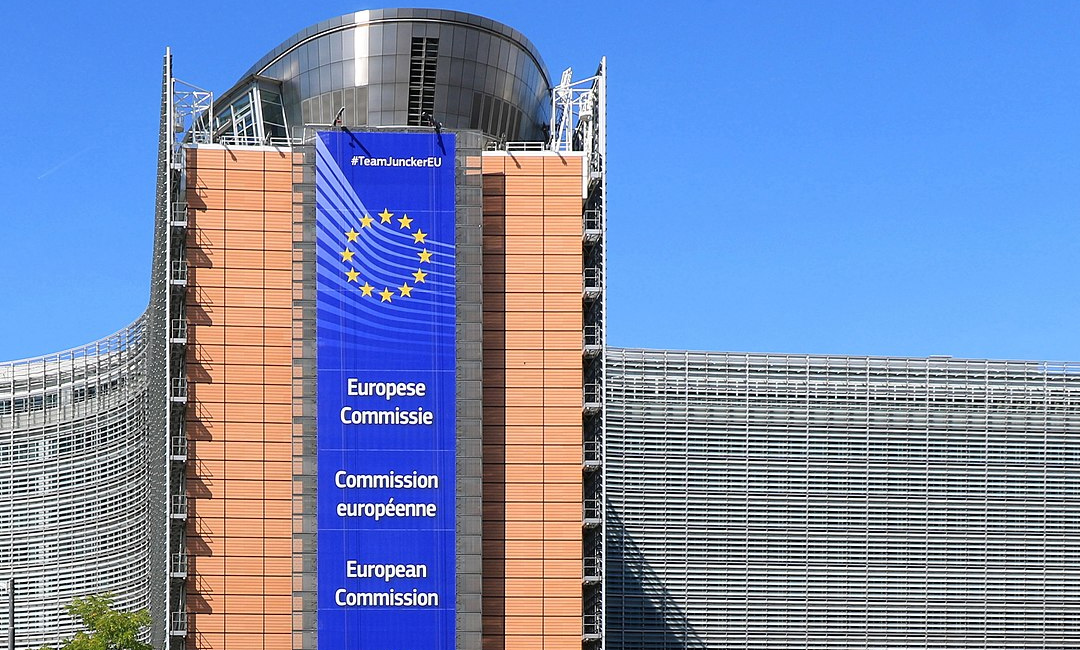Frozen Russian Assets Remain Central to EU’s Ukraine Aid Strategy

The European Commission has confirmed that the main focus of financial support for Ukraine for 2026–2027 is on the possibility of using frozen Russian assets.
The Gaze reports on it, referring to Interfax-Ukraine.
At a briefing in Brussels, EC spokesperson Paula Pinho explained that the European Council had committed to meeting Ukraine's financial needs for this two-year period and had tasked the Commission with developing specific options for assistance.
"In this regard, President von der Leyen also spoke very clearly on the issue addressed to her at the European Council press conference, where she said that, of course, there are always other options than using frozen assets, but the main focus is still on frozen assets," the European Commission spokesperson stated.
Pinho stressed that although other financing options may be considered, the main focus remains on Russia's frozen assets.
Regarding the expected amount of support, the European Commission is guided by the IMF's estimate of approximately $60 billion for 2026 and 2027. The spokesperson stressed that despite the complexity of the issue, the EC is responding to all questions and is actively working on proposals to address all possible concerns of member states.
Among the specific options being considered is a model where Norway could act as a guarantor for the loan using frozen assets, as discussed at the level of the Danish Prime Minister and the Swedish Minister for Europe.
Pinho also clarified that there is no final proposal yet on whether only assets frozen in Belgium will be used, or also in other member states, and this issue is currently being discussed.
The next step will be for the Commission to formalize specific options, discuss them among EU countries, and then make a final decision at the next European Council, which will ensure stable and predictable financial support for Ukraine for the next two years.
Read more on The Gaze: Belgium’s Cautious Stance on Russian Assets: Legal Paths to a Reparations Loan for Ukraine Remain Open